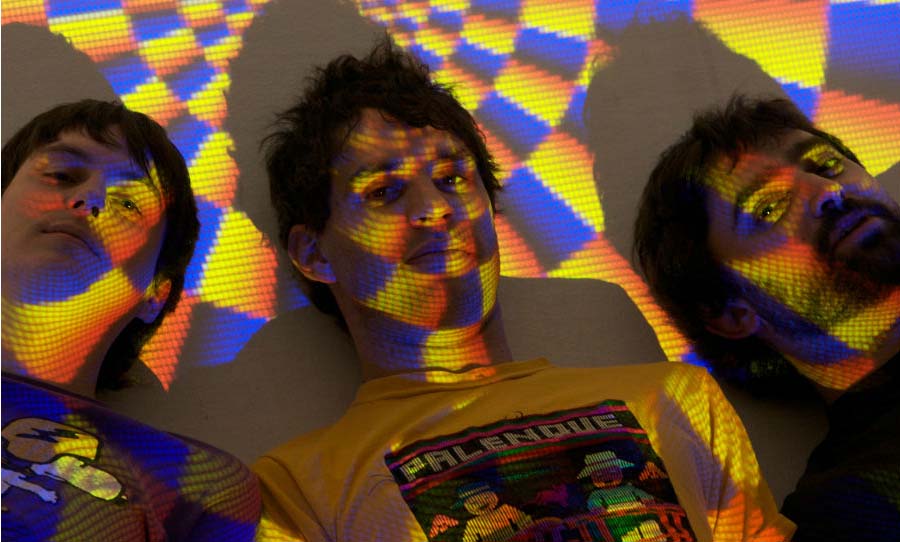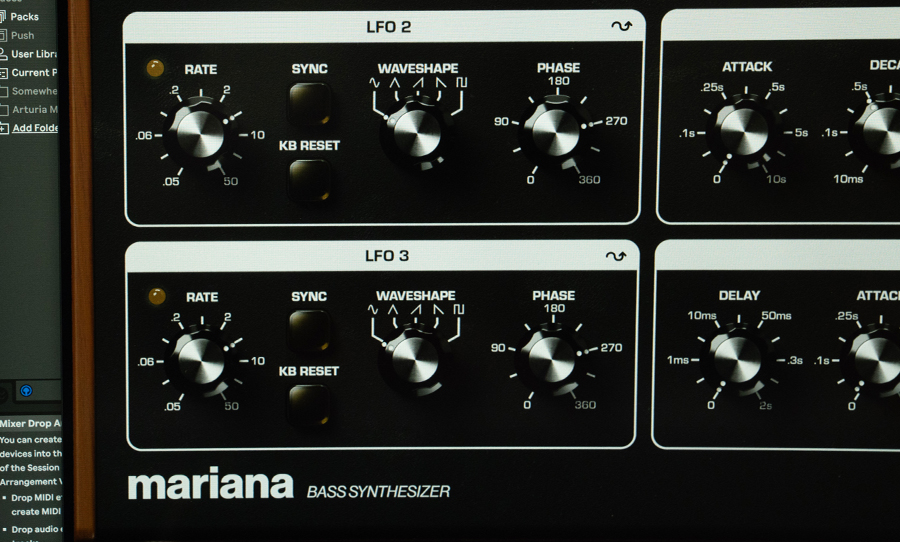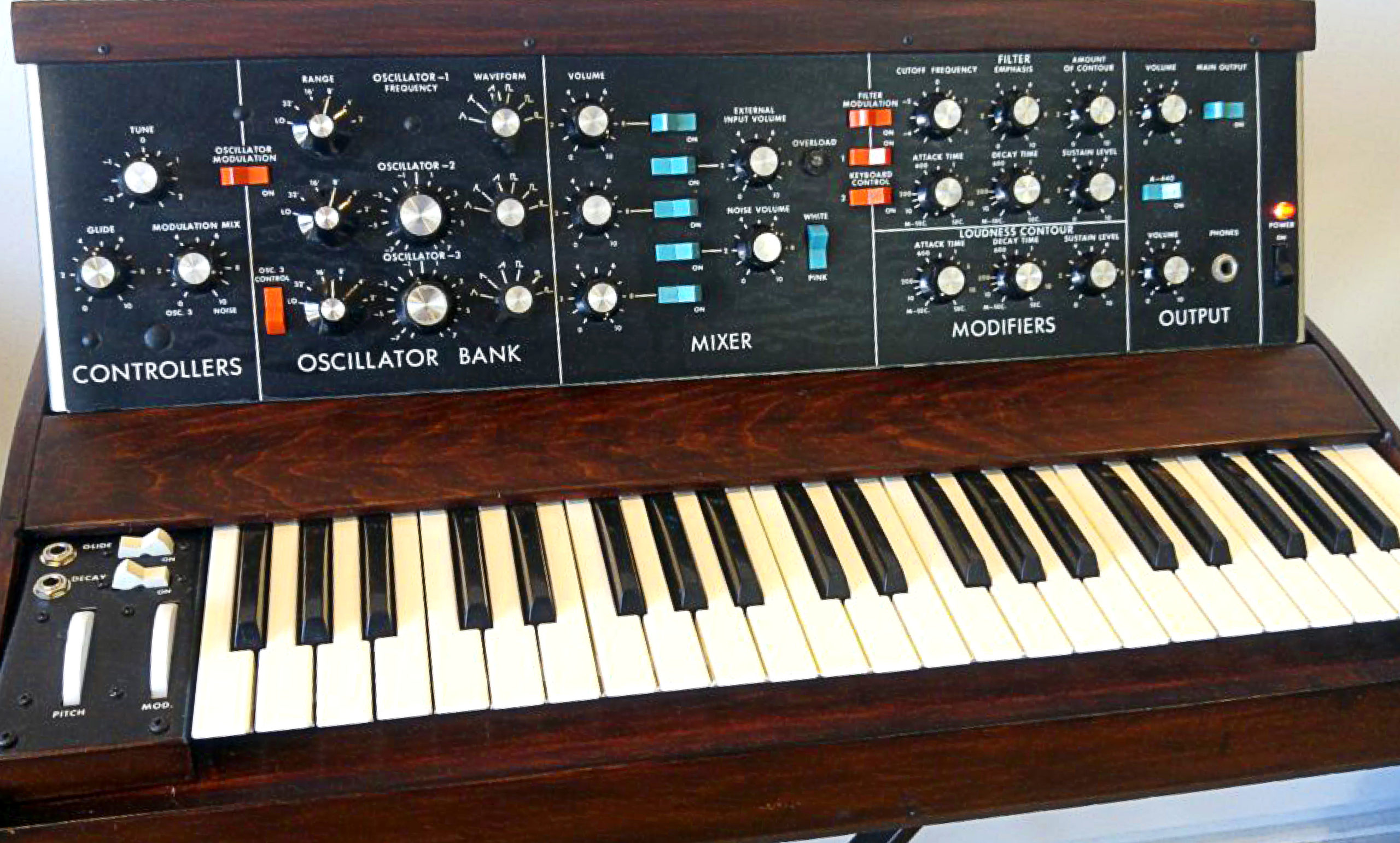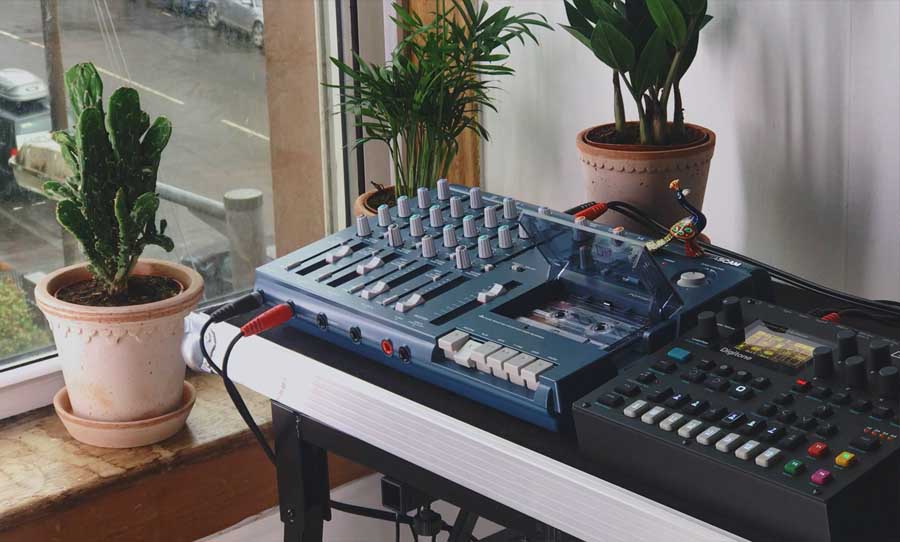From eclectic samples and frenzied synths to soothing vocal harmonies, here’s what went into Animal Collective’s 2009 opus, Merriweather Post Pavilion.
Since their debut album dropped at the start of the new millennium, Animal Collective have earned themselves a passionate cult following within the realm of psychedelia. Though the band has never strived for commercial domination, their 2009 album Merriweather Post Pavilion received rave reviews from critics and fans and was heavily featured in numerous ‘Best Of’ lists for the year while exposing them to a multitude of new and eager listeners.
Known for their eclectic musical influences and wildly experimental style, the four-piece consisting of Avey Tare, Geologist, Panda Bear and Deakin have entranced audiences the world over with their kaleidoscopic music.
Let’s dive down the rabbit hole and into the making of the alluring, colourful album.
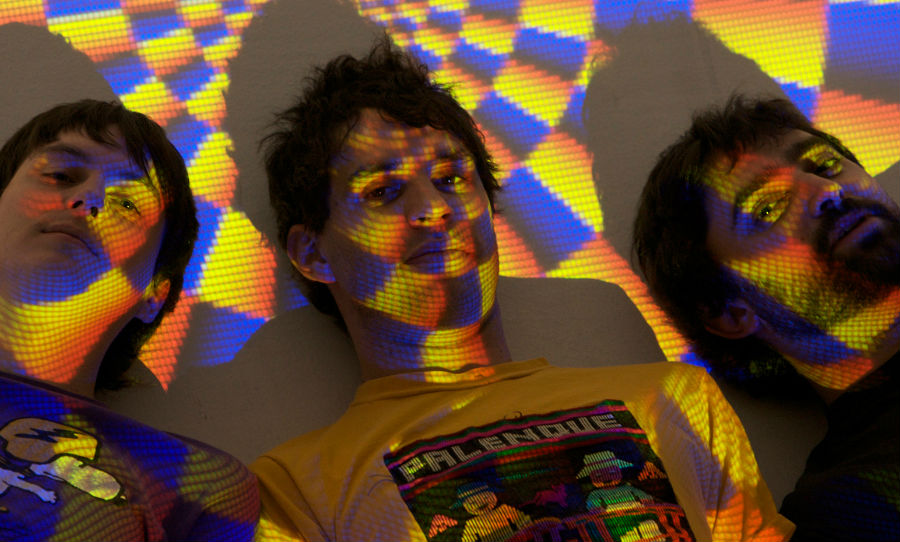
And Then There Were Three
Following the release of the band’s 2007 effort, Strawberry Jam, Deakin decided to take some time off from Animal Collective. Finding themselves a man down and without his enduring guitar strums and vocals within their arrangements, the remaining members went on touring and writing new material as a trio.
Looking for a way to fill out their sound and counter the lack of guitar, the remaining band members took their cues from Panda Bear’s 2007 solo effort Person Pitch. They decided that their upcoming album would be heavily centred on samples from a wide array of sources – from twangy mouth-harp snippets (Lion In A Coma) to ceremonial drumming circles (Also Frightened) and eerie NASA radio emissions from the outer reaches of our galaxy (My Girls).
Speaking with Sound On Sound in a 2009 interview, Avey Tare (real name David Portner) extrapolated on the effect Deakin’s hiatus had on the remaining members; “It made us have to write a lot, I guess. We needed to find a new way of approaching having three people do as much, so we tried to do something different and use the samplers more.”
A Pop Sensibili-Tea
With most of the writing for the album nearing completion, Animal Collective began the search for a co-producer. Eventually the trio decided that they wanted Ben Allen to co-produce, mix and engineer. Allen’s previous expeditions saw him working with Christina Aguilera, Mase and Puff Daddy, as well as mixing the Gnarls Barkley smash Crazy.
Animal Collective were impressed with Allen’s expansive musical knowledge and more importantly, his knowledge of all things bass. From rumbling sine waves to thunderous floor drums and booming kicks, Ben Allen’s low-end mastery is prevalent throughout all of Merriweather Post Pavilion without taking the attention away from the album’s more delicate elements. The band also believed that Allen’s previous pop recording experience would help push the dense vocal harmonies that are crucial to Animal Collective’s sound to a wider audience.
Now began the more difficult task of finding a suitable studio to record the album. As privacy proved to be paramount for Animal Collective, Allen suggested that the trio record their new material within the quaint confines of Sweet Tea Studios in Oxford, Mississippi. Far away from the distractions of the outside world, the three band members instantly fell in love with the cosy recording facility.
The plethora of vintage compressors, limiters and other outboard gear scattered throughout Sweet Tea were vital to perfecting the tone of every individual layer, although no other piece of equipment was more crucial to the album than the studio’s Neve 8038. While the analogue console coated each musical element on the album with a natural warmth and grittiness, the 8038’s whopping 32 inputs were perfect for helping Allen execute the band’s expansive vision.
A Humanising Approach
During the beginning of recording sessions for Merriweather, Animal Collective set up their live PA system at the back of Sweet Tea’s control room. Initially, this was done solely for the band as they wanted to hear how their new songs would sound within a live environment.
However, the PA speakers went on to become an important element for the album, being used to capture the samples for the album. Speaking about the unconventional recording setup, band member Geologist, AKA Brian Weitz, explained; “When we were writing the record, since so much of it was electronic and sample-based, we used those PA speakers to make the samples. And so we just saw them as a big part of the record.”
With the band’s previous LP (Strawberry Jam), much of the recording was done in a live context with few overdubs. Whereas for Merriweather, every single instrument was tracked to its own channel, providing greater control over each element – be it a swirling synth or distant raindrops.
What’s most interesting is the way these sample-heavy compositions were produced and pieced together. Instead of synchronising and sequencing all of the samples digitally, each element was activated individually within a live context. By choosing to forgo the sterile perfection of digitally syncing each instrument and sample, the band allowed for slight inconsistencies within each track, imbuing an organic and human-like element to their technologically-driven music.
A Wall of Psych Bliss
Because the samples on the album were often triggered live, the band required gear with user-friendly interfaces that allowed the samples to be played in real-time. As such, Geologist and Panda Bear, AKA Noah Lennox, opted for two Roland samplers: the SP404 and SP555. Geologist also made extensive use of his Korg Kaoss Pad to add sweeping filters and trippy manipulations to the dense soundscapes.
As for synthesisers, a Roland Juno-60 and SH-2 are by far the most prominent intruments on the whole album, both of which drip with reverb throughout the album’s 55-minute run. Because the SH-2 was primarily used for creating bass melodies, the Juno takes centre stage throughout the run of the album – from the uplifting chorus of album opener In The Flowers to the creeping square-wave melody in Taste. Even the Juno’s arpeggiator was heavily utilised, most notably on My Girls and album closer Brother Sport.
Keeping in line with the instrumentation, much of the percussion on Merriweather boasts an electronic tone to it, but actually, not a single electronic drum was used on the album. Instead, the band would record each percussive element individually, sampling sounds from an old Gretsch kit. They would then apply a hefty amount of processing with a generous handful of reverb, transforming these natural, acoustic beats into something more artificial.
While reverb was used extensively on the percussion to create a sense of space, more often than not Allen would overdub the drums on the album multiple times to create a thicker wall of sound. For example, at times when the band was recording a single floor tom part, Allen would use three mics – two room mics and one close-up. These three tracks would then be overdubbed a whopping eight times, resulting in the encapsulating and intimidating percussive presence.
New Age Beach Boys
When it came to recording the harmonising vocals of Avey Tare and Panda Bear, Allen utilised an AKG C12 and a Neumann U47 to capture their vocal performances. As with much of the percussion, vocals were tracked two, three and even four times on a handful of instances to create rich, ethereal harmonies reminiscnent of the Beach Boys’ work on Pet Sounds.
Along with nearly every other musical element on the album, Avey Tare’s and Panda Bear’s vocals received a heavy dose of reverb. While the band dabbled with spring reverbs in the studio, much of the vocal reverb comes from the Eventide H3000 Ultra-Harmoniser, a powerful signal processor introduced to the band by Allen, and which they still use to this day.
Coming from a pop background, Allen wanted to push the vocals high in the mix, whereas the band wanted the vocals to remain buried. Eventually, both parties found a way to compromise, with the vocals taking on various roles throughout the album, from being high in the mix and taking on a prominent role for Summertime Clothes to being buried under synths on Taste.
Lyrically, the Merriweather Post Pavilion is probably Animal Collective’s most joyous. From entering a drug-fuelled state of euphoria (In The Flowers), providing a shelter for those you care for the most (My Girls) to a passionate sun-tinged love (Summertime Clothes), there’s a strong sense of happiness throughout the LP. Even the album’s slowest song, No More Running, deals with being content with life by living just in the moment.
It’s this vocal content, along with so many other elements, that makes Merriweather Post Pavilion such a unique milestone in the band’s sprawling career. By fusing Brian Wilson-esque harmonies and upbeat lyrical content with quirky samples, tripped-out analogue synths and tribal-like percussion, Animal Collective were able to create their most-accessible album to date and introduce their psychedelic concoctions to a whole new audience.
